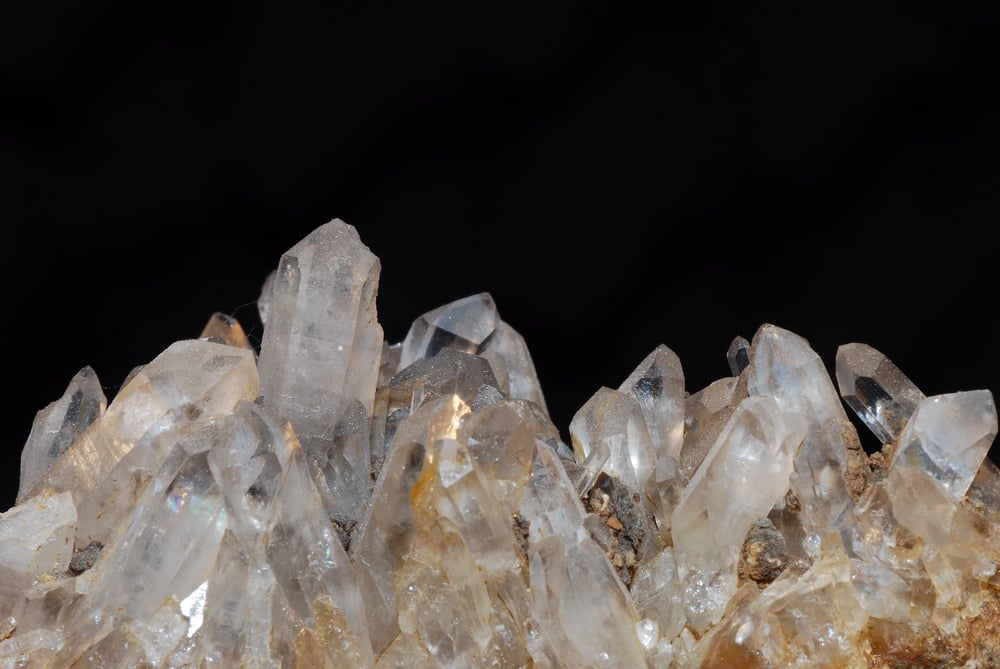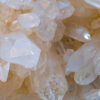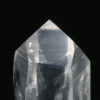Fused quartz glass, also known as fused silica, is a unique material composed of high-purity silicon dioxide (SiO₂). Unlike standard glass, which contains various additives, fused quartz is notable for its exceptional purity and amorphous (non-crystalline) structure. This composition imparts remarkable thermal, optical, and chemical properties, making it indispensable in advanced technological applications.
Understanding Fused Quartz
Fused quartz, also referred to as fused silica when made from synthetic precursors, is a non-crystalline (amorphous) form of silicon dioxide (SiO₂). Unlike traditional glass, which often contains sodium, calcium, boron, or other modifiers to lower its melting point and manipulate its properties, fused quartz is composed of nearly pure silica—up to 99.98% or more.
The process of making fused quartz involves heating natural quartz crystals or high-purity silica sand to temperatures exceeding 2,000°C (3,632°F). This extreme heat causes the crystalline structure to break down, forming a homogeneous, amorphous glass. There are three primary methods of producing fused quartz:
- Electric fusion, where quartz is melted using electric arc furnaces.
- Flame fusion, often used for synthetic fused silica, where silicon tetrachloride (SiCl₄) is oxidized in a hydrogen-oxygen flame.
- Plasma fusion, offering tighter control over purity and structural uniformity.
This amorphous nature—free of grain boundaries or crystal planes—gives fused quartz its superior resistance to thermal shock and its high optical clarity across a wide range of wavelengths. The lack of impurities means it does not absorb significant infrared or ultraviolet radiation, making it highly transmissive from 200 nm in the UV to about 3,500 nm in the IR. This is why it is commonly used in high-energy optical systems and UV sterilization.
Another critical trait is its extremely low coefficient of thermal expansion (~0.55 × 10⁻⁶/°C), which allows it to withstand rapid temperature changes without cracking or deforming. Compared to borosilicate glass, fused quartz can endure nearly 10× greater thermal stress.
On a molecular level, the SiO₂ units in fused quartz form a continuous three-dimensional network via strong covalent silicon-oxygen bonds. This network contributes to its high melting point (~1,660°C), excellent chemical resistance, and superior mechanical strength.
Finally, fused quartz is electrically insulating, even at elevated temperatures. This dielectric behavior, combined with its purity, makes it an essential material in semiconductor processing and high-voltage equipment.
Key Benefits of Fused Quartz
Fused quartz offers several advantages that make it suitable for demanding applications:
- High Thermal Resistance: With a softening point around 1,660°C, fused quartz can withstand extreme temperatures without deformation, making it ideal for high-temperature processes
- Low Thermal Expansion: Its minimal thermal expansion coefficient (~0.55 × 10⁻⁶ /°C) ensures dimensional stability across temperature fluctuations, reducing the risk of thermal shock
- Broad Optical Transparency: Fused quartz transmits light from the deep ultraviolet (~200 nm) to the infrared (~3,500 nm), surpassing the transmission range of most other glasses
- Chemical Inertness: Its high purity and resistance to most chemicals, except hydrofluoric acid, make it suitable for corrosive environments
- Electrical Insulation: Fused quartz exhibits excellent electrical insulating properties, beneficial in electronic and high-voltage applications .
Applications of Fused Quartz
The unique properties of fused quartz enable its use in various advanced applications:
- Semiconductor Manufacturing: Its purity and thermal stability are critical in processes like the Czochralski method for growing silicon crystals
- Optics and Photonics: Fused quartz is used in lenses, mirrors, and windows for systems requiring high UV and IR transmission
- Lighting: Due to its ability to withstand high temperatures and transmit UV light, it’s used in halogen and HID lamp envelopes
- Laboratory Equipment: Its chemical resistance and thermal properties make it ideal for crucibles, beakers, and other labware
- Aerospace and Defense: Fused quartz is employed in spacecraft windows and protective covers due to its strength and thermal resistance .
- UV Sanitation Systems: Its UV transparency is utilized in sterilization and disinfection equipment
Fused Quartz at Technical Glass Products
At Technical Glass Products, we specialize in providing high-quality fused quartz glass tailored to meet the stringent requirements of various industries. Our products are designed to leverage the exceptional properties of fused quartz, ensuring performance and reliability in your applications.
Explore our offerings and discover how fused quartz can enhance your technological solutions.







